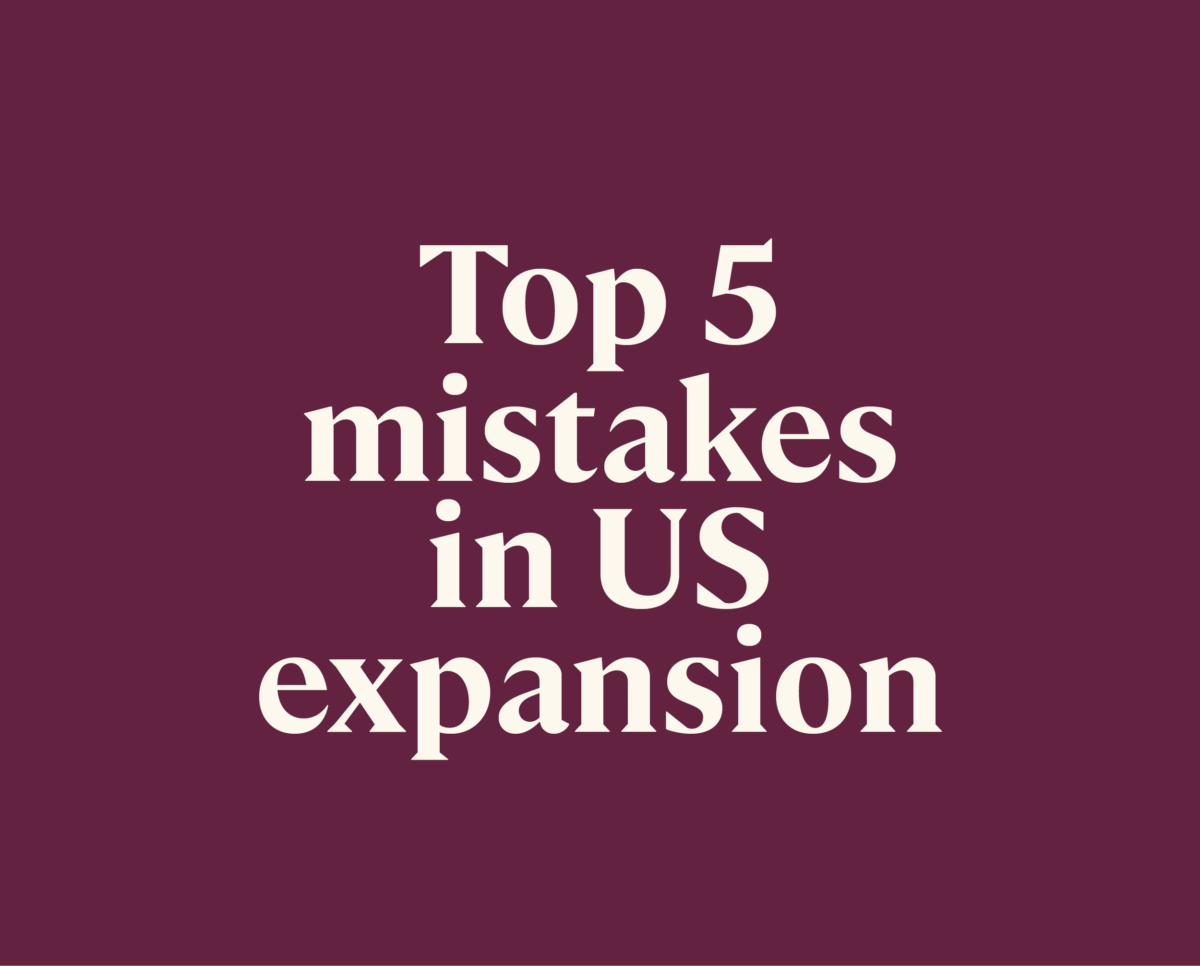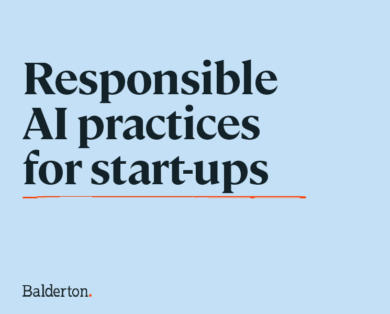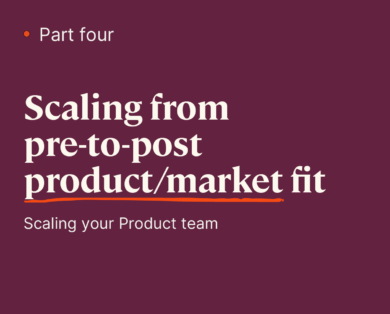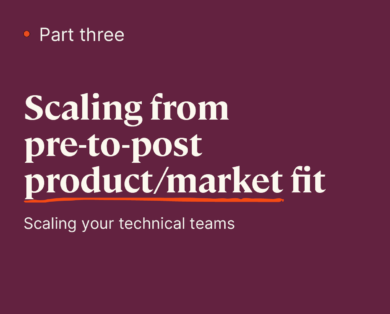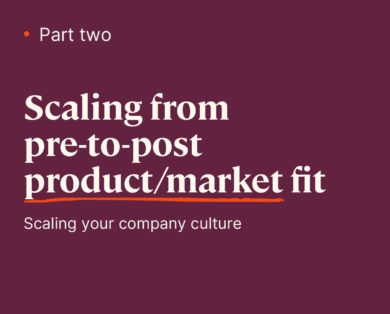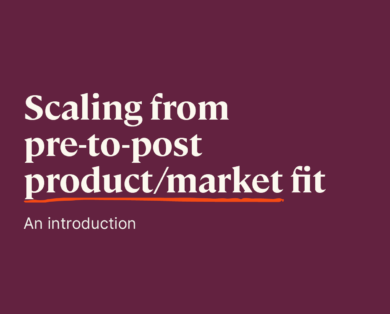- 15 January, 2025
International expansion is hard. Expanding internationally means managing differences not only in language and time zone – but in culture, business norms, law, taxation, labor, employment, compensation, and competition. It’s no small undertaking and it’s not for the faint of heart.
But it is nevertheless, absolutely essential. To create a worldwide leader you must, almost definitionally, execute a successful US expansion as part of the process. The US has a massive total available market (TAM), which accounts for between 40% and 50% of worldwide technology spending.
US thought leaders – including industry analyst powerhouses such as Gartner, Forrester, and IDC – define not only the yardstick for evaluating vendors in existing categories, but also new product categories, the trends driving their creation, the hype cycle of technologies behind that, and the “companies to watch” as categories emerge. US customers are demanding, operate at the forefront of many categories, and push their suppliers in a virtuous cycle to advance the cutting edge of functionality, performance, and useability. Much as Paris is a bellwether for the future of fashion, the US market is a bellwether for technology. And every week is fashion week. To adapt the ancient proverb, it is no longer that, “all roads lead to Rome,” but, when it comes to building a worldwide technology leader, “all roads lead through the US.”
To create a worldwide leader you must execute a successful US expansion as part of the process
What’s troubling is that if international expansion is hard, US expansion is harder. The US poses numerous, often unique, challenges for a European technology startup.
The market is vast
The US market is vast both in terms of TAM and geography. Segmentation strategies are critical. So is developing a geographic strategy. I often quip that if Geoffrey Moore were English, he might not have needed to Cross the Chasm by intersecting vertical beachheads with geographic industry clusters.
The market is highly competitive
The US market is highly competitive, a statement that is often misunderstood to be about the temperament of US salespeople (who, by the way, generally are), when it’s really just a fact about the number of competitors. Startups typically face more competitors in the US because you have both “the usual suspects” in your home market plus the frequently US-based, next-generation disruptors who have yet to expand to your home country in Europe.
Different buying criteria
US customers tend to buy less on perceived product superiority and on a mix of product and vendor attributes. Ultimately, for most US customers, picking the “best” product isn’t about selecting the product with the best technology, but about picking a vendor who they perceive as safe and who holistically offers the best solution to their problem. That’s easy to say, it’s much harder to internalize.
Industry analysts matter more
While European buyers seem somewhat more independent in their decision-making, US buyers – particularly Fortune 1000 IT departments – routinely rely on advice from an ecosystem of thought leaders and influencers, ranging from major industry analyst firms (e.g., Gartner, Forrester, IDC) to boutique analyst groups specialized by technology or industry (e.g., Dresner Advisory, Outsell) to independent consultants promoting books and methodologies (e.g., Bob Seiner and Non-Invasive Data Governance). Knowing how to work with them can become critical.
Lack of home field advantage
Just as sports teams have an advantage when competing in their home stadium, European startups often have a (sometimes unacknowledged) home-country advantage when competing in their home market. Expanding to the US isn’t just Manchester United playing in Stamford Bridge. It’s worse. It’s playing in a stadium on another planet before an audience exclusively composed of opposing fans who neither have heard of your team nor have the ability to locate your home country on a world map.
Unusable customer references
Relevant customer references are a key part of any technology buying process. So you may think you’re in great shape when you arrive in the US with a fantastic set of hard-won enterprise references like Carrefour, Enel, La Poste, RioTinto, StatOil, Tesco, or Total. You quickly learn that those references get you more blank stares than nods. Think: “so who that I might have heard of is using your software?”
Labor market misunderstandings
You will likely face a bidirectional set of misunderstandings with the American labor market. You probably won’t understand the labor market – for example, when it comes to cash compensation, equity expectations, or the interpretation of American resumes. And the labor market probably won’t understand you – for example, when it comes to the basic concept of working at a foreign subsidiary of a technology company, I’ve seen US marketing heads incorrectly think they were responsible for global product launches and I’ve seen European technology startups offer US sales candidates options on 10 shares at €2,950 each. Both situations end badly.
Unforced errors
Sometimes, the challenges combine to provoke unforced errors, ultimately, I believe, because of intimidation. The idea of US expansion can be so daunting that sometimes founders conclude basically illogical things like, “we can’t possibly do [something that works for us in Europe] because it’s the US and [manufactured reasons] apply.” So rather than putting their best foot forward in their US market expansion, they launch into one of the toughest markets in the world on their back foot.
The US poses numerous, often unique, challenges for a European technology startup
About this series
This is the first in a six-post series that discusses what I see as the top five mistakes European startups make in approaching USA expansion. While I will write in the first person to reflect that the content is ultimately my opinion, those opinions have been informed not only by my own experience working with and at European startups for the past 25 years, but also by the collective experience of the Balderton team, who have worked with scores of European startups on US expansion.
This work builds upon the ideas of Rob Moffat in his Internationalization Playbook which focuses on when, where, and how to do so, along with a case study and comparison data. Rob also discusses when things go awry, going into depth on some frequently-encountered problems, so in some ways you can consider this series a more recent take on that topic, and one done from the point of view of a different author. As we discuss the top five mistakes, I hope to not only describe the mistakes and explain why I believe they happen, but also outline the steps you can take, as a European technology startup founder or executive, to avoid them.
TOP FIVE MISTAKES
1. Delaying US expansion
Expanding to the USA is scary, so you delay it and delay it again. You establish artificial thresholds and re-establish them – “we need to be $5M in ARR,” followed by, “no, we need to be $10M,” followed by, “no, we need to be $20M.” Instead of embracing US expansion early, you delay in the name of critical mass or incremental cost. No matter the logic, threadbare or not, the result is the same. The company starts too late, potentially lets US competitors or copycats get established, and now faces an even more difficult expansion in the US.
2. Failing to adapt structure and process as you expand into the US
This might sound esoteric, but it’s not. Many European startups try to add the US as “just another country” without making changes to their core structure or processes. While there are several different models for building a global technology leader with a strong US presence, virtually none of them treat the US as just another country. The mistake is thinking that expanding into the USA will not change you – e.g., how you do things, how you are structured. It will. To be successful, it has to. The question needs to be, “how do we want to change?” and not, “do we need to?”
3. Hiring the wrong people
As alluded earlier, hiring is a veritable minefield and the list of possible mistakes is long. To offer a few popular examples: hiring weak people because you get confused by embellished US resumes, hiring on-the-cheap and building a team of minor-league (i.e., division II) players, or hiring big roles (e.g., general manager) prematurely and filling them with junior people. Overall, these mistakes fall into six broad buckets that we will identify and help you avoid.
4. Underestimating the importance of sales and marketing (S&M)
It’s one thing to say, “the best product doesn’t always win.” It’s another thing to internalize it. It’s yet another to take some perverse pride in it, as many Americans do. Many European founders – often despite saying the right things – fail to both understand and believe in the importance of S&M and still, buried beneath a layer of platitudes they repeat as dogma, believe that they will win the market because they have the best product. Deprogramming is difficult and too often accomplished only by losing in the market. The less painful approach is to focus on two questions that can serve as a North star to keep you on the right path: (i) who gets to define “best” and (ii) how do they define it?
5. Looking and sounding too European
Unless you’re selling cars, wines, or fashion, most Americans will not hear the word “European” as a positive addition to your company’s list of self-describing adjectives. US buyers tend to hear “risky” when you say “European” in the context of technology. While you might think saying “French” is an implicit boast about your company’s amazing engineers, the American buyer will wonder about technical support hours, language fluency of support staff, and the availability of resources in the local ecosystem. Showing up on a sales call with four employees all named Jean-something, having the lead presenter speak with a thick French accent, and showing product screens where bits of French appear in the UI and demo data, will only exacerbate their fears. While successful companies do not necessarily conceal their European origins, nor do they needlessly highlight them.
 DAVE KELLOGG
DAVE KELLOGG 